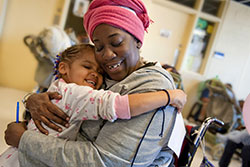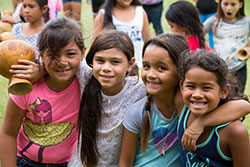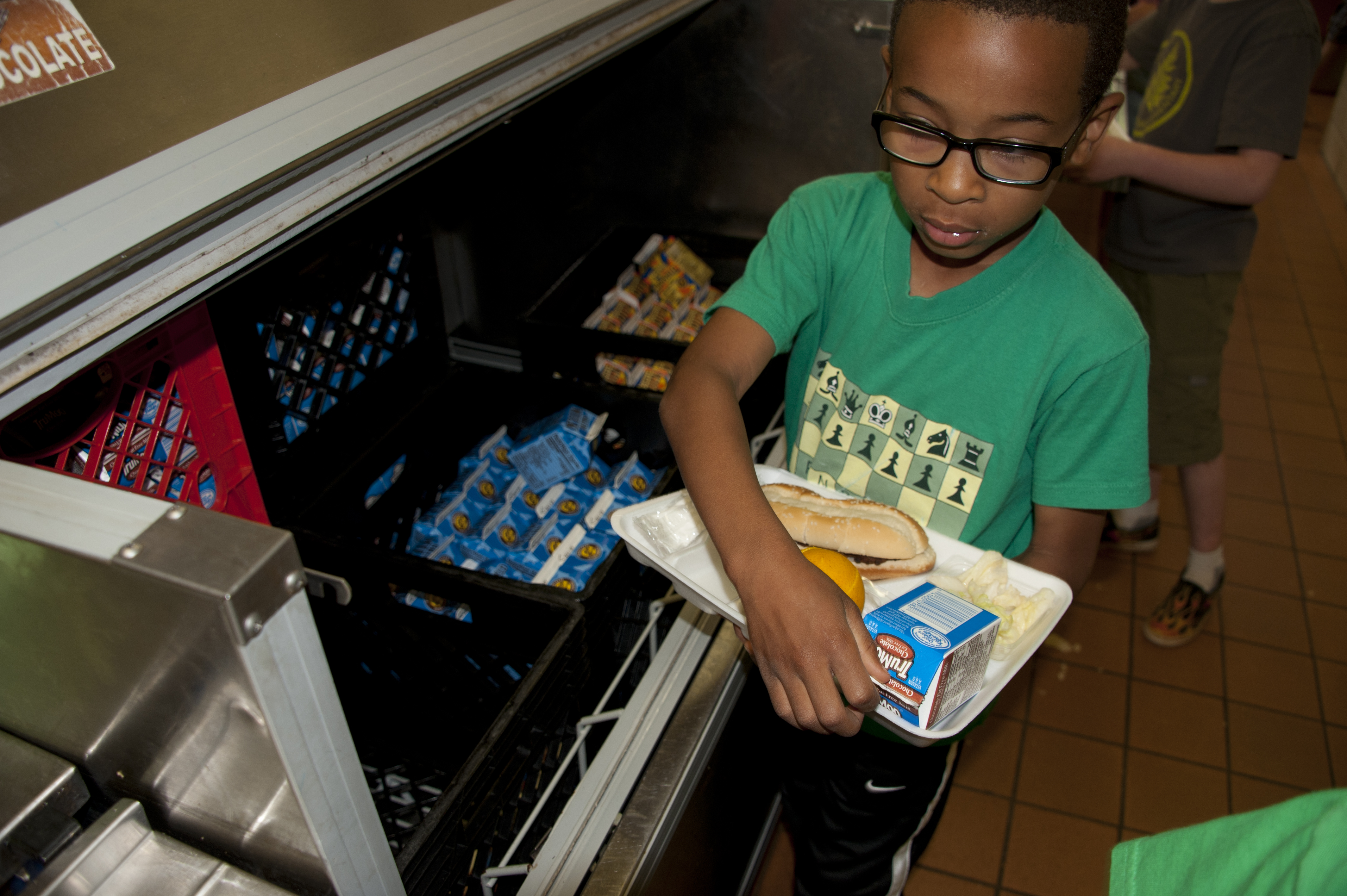The Community Eligibility Provision is a federal program which allows schools with a high percentage of students living in poverty to successfully address hunger. The Community Eligibility Provision functions as a reimbursement program that helps schools provide healthy meals to students.
An individual school, group of schools in a district, or an entire school district can participate in the Community Eligibility Provision if 40% or more of the students are eligible for free school meals, either directly through a government program, such as SNAP, or because they are homeless, a runaway, a migrant, in foster care, or participating in Head Start.
The U.S. Department of Agriculture has recently issued a waiver to extend the deadline to apply. Schools and school districts will now have until August 31, 2020 to elect to participate in the Community Eligibility Provision. Application instructions can be found on the New York Department of Education’s website. Schools and school districts that are unsure of whether they are eligible can check the Food Research and Action Center’s interactive website.
The Community Eligibility Provision provides numerous benefits, including:
- Less administrative work for schools, as they no longer need to process applications for meals or keep track of and try to collect unpaid fees;
- Elimination of the stigma surrounding free school meals, which leads to an increase in participation; and
- Children receive the positive health and educational benefits that come from eating nutritious meals.
Since 2014, the number of schools nation-wide participating in the Community Eligibility Provision has more than doubled. In the 2019-2020 school year, there was a 9.3% increase in the number of school districts that had one or more schools participating in the Community Eligibility Provision. Nationally, 30,667 schools participated in the program, which is only 69% of eligible schools. In New York State, 21.2% of eligible school districts did not participate in the 2019-2020 school year.
The COVID-19 pandemic has had devastating effects on the economy and the workforce, especially in New York. According to the Household Pulse Survey by the U.S. Census Bureau, between July 2 and July 7, 57.4% of New York respondents reported losing employment income since March 13, 2020. Households with children suffered at a greater rate; 63.4% of households with children reported losing employment income since March 13, 2020, as compared to 53.4% of households without children. Further, as the number of children in the household increases, a higher percentage of households lost employment income.
New Yorkers continue to struggle with food insecurity. Between July 2 and July 7, 14% of New York households with children reported “sometimes” or “often” not having enough food to eat. On the contrary, only 6.8% of New York households without children reported “sometimes” or “often” not having enough food to eat.
Certain vulnerable communities experience food insecurity at a much larger rate. Between July 2 and July 7, 19.2% of Latino respondents and 19% of Black respondents reported being food insecure in New York State. For comparison, only 4.9% of White respondents and 3.4% of Asian respondents reported “sometimes” or “often” not having enough food to eat.
COVID-19 has exacerbated the existing issue of food insecurity and has caused an unprecedented amount of unemployment. Since so many families are struggling to provide food for their children, and people continue to lose their jobs daily, the Community Eligibility Provision is necessary now more than ever. We must continue to provide free meals to children in schools so that they have an opportunity to thrive.




